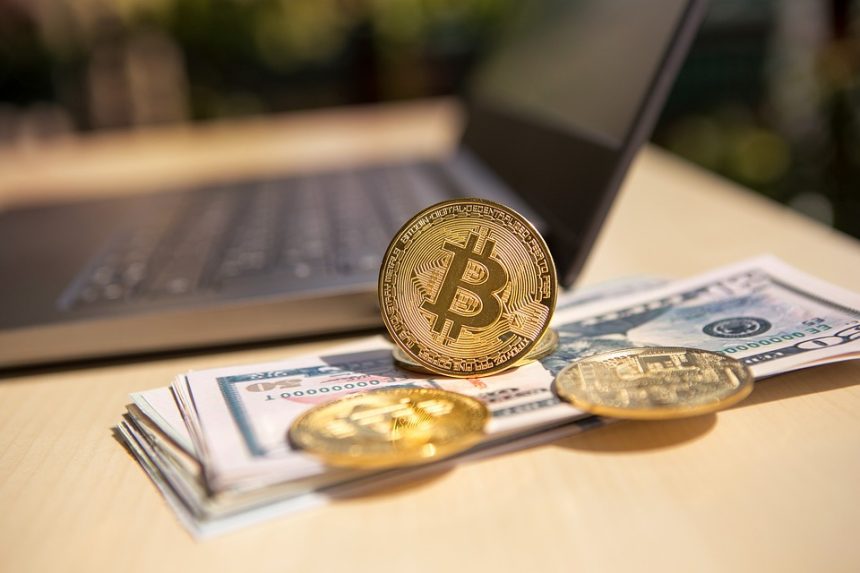In recent years, the cryptocurrency landscape has experienced tremendous transformation. From initial skepticism to a growing acceptance among mainstream investors, altcoins—any cryptocurrency other than Bitcoin—are experiencing an increasing wave of institutional interest coupled with evolving regulatory scrutiny. These dynamics suggest that we may be on the brink of a new era for altcoins, one characterized by greater legitimacy, stability, and potential for growth.
The Rise of Institutional Investment
The institutional embrace of digital assets marks a significant turning point in the cryptocurrency market. Gone are the days when Bitcoin and altcoins were primarily the realm of retail investors and speculative traders. Institutional players such as hedge funds, family offices, pension funds, and even corporations like MicroStrategy and Tesla are now adding cryptocurrencies to their balance sheets or investment portfolios.
This influx of capital not only provides essential liquidity but also fosters a much-needed sense of legitimacy for altcoins. As institutions apply their strategies and risk management practices to crypto investments, it can enhance market stability and encourage further adoption among non-traditional investors.
Key Drivers of Institutional Interest
-
Portfolio Diversification: Institutions are increasingly viewing digital assets as a means of diversification within their investment portfolios. Given the historically low correlation between cryptocurrencies and traditional asset classes, institutional investors, particularly during periods of inflation, are exploring altcoins to hedge against economic uncertainties.
-
High-Profile Endorsements: High-profile endorsements and participation in the crypto market by renowned financial figures and companies have also accelerated institutional adoption. Notable endorsements from investment legends and corporate treasurers signal a broader acceptance of cryptocurrencies as a viable asset class.
- Developing Infrastructure: The establishment of custodian services, improved trading platforms, and advancements in blockchain technology have created a more supportive environment for institutions to engage with altcoins safely and securely. The launch of regulated futures, ETFs (exchange-traded funds), and various compliance measures further assist institutional players in navigating the crypto landscape.
Regulatory Evolution: A Double-Edged Sword
As institutional interest in altcoins grows, so too does the attention of regulators. Governments and regulatory bodies around the world are beginning to implement frameworks designed to govern the use and trading of cryptocurrencies. While this attention presents challenges, it also offers significant opportunities for the altcoin market.
The Push for Clarity
Regulatory clarity is essential for sustained institutional interest. The lack of a uniform regulatory framework has hindered potential investments as institutions grapple with compliance and risk management issues. The growing consensus among regulatory bodies—particularly in the U.S. and Europe—toward creating structured legislation may encourage institutions to engage more actively in altcoin ecosystems.
-
Classification of Tokens: One of the most debated topics among regulators has been the classification of various cryptocurrencies. Determining whether altcoins should be categorized as securities or commodities significantly affects how they can be marketed, traded, and taxed. A more defined taxonomy could lead to enhanced compliance and foster a safer investment environment.
- Global Collaboration: As altcoins transcend borders, international cooperation among regulatory bodies can help shape a comprehensive and cohesive regulatory landscape. Unified guidelines would alleviate confusion and lower barriers for institutional investors.
Impact on Innovation
Regulatory scrutiny can also catalyze innovation in the altcoin space. As developers strategize to comply with new laws and regulations, they can innovate by creating compliant decentralized applications (dApps) and services that offer unique use cases. These developments may lead to further differentiation among altcoins, adding value and utility to the cryptocurrency ecosystem.
A New Era for Altcoins
With increasing institutional interest and the promise of clearer regulatory frameworks, a new era for altcoins appears imminent. This convergence of factors has the potential to bolster adoption, improve market maturity, and expand the applications and utility of cryptocurrencies beyond speculative trading.
Challenges Ahead
However, the path to this new era is not without obstacles. The volatility associated with altcoins can pose significant risks for institutions unfamiliar with the crypto market. Additionally, potential overreach by regulatory authorities could stifle innovation or impose burdensome compliance requirements that hinder smaller projects’ growth.
Conclusion
As we move deeper into 2023, both institutional interest and regulatory change are setting the stage for a new chapter in the world of altcoins. Increased investments from established players, coupled with clearer regulations, are likely to pave the way for enhanced legitimacy and market stability. For investors, developers, and users alike, engaging with altcoins could unlock untapped opportunities and redefine the future of finance on a global scale.
The landscape may be changing, but one thing is certain: the world of altcoins is not done evolving. As regulations mature and institutional interest grows, the possibilities for innovation and adoption appear boundless. It’s an exhilarating time for cryptocurrencies, marking the dawn of what could be a vibrant era that reshapes the financial ecosystem as we know it.





